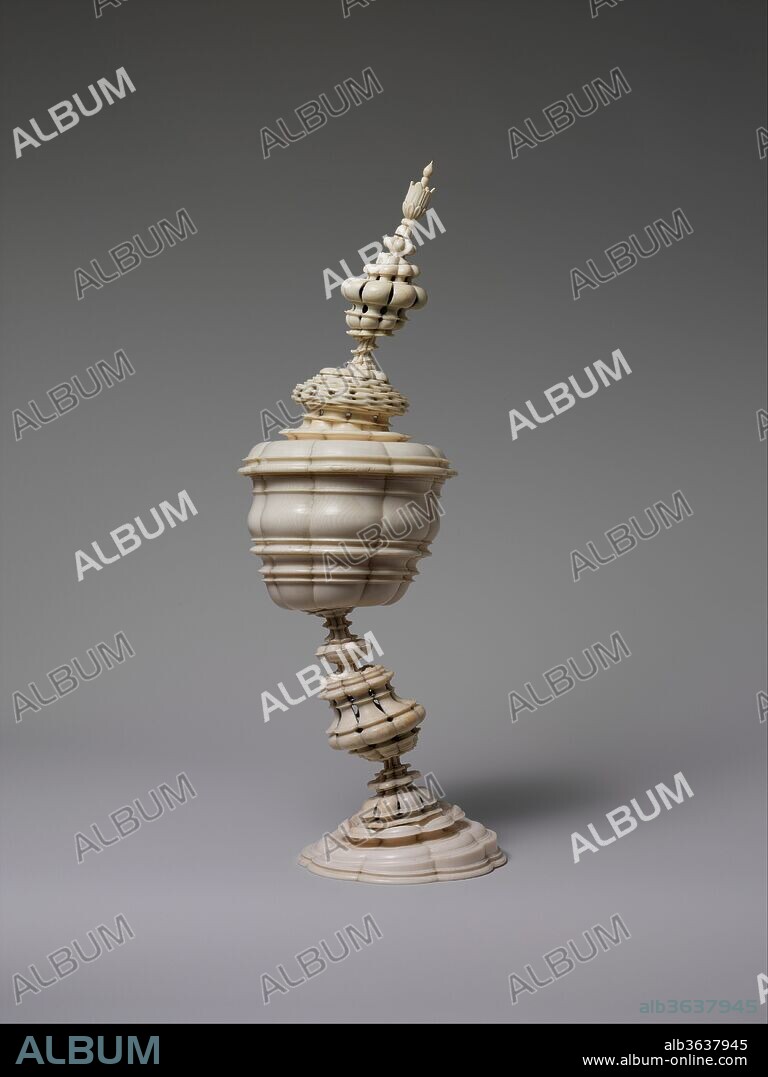alb3637945
Standing cup

|
Añadir a otro lightbox |
|
Añadir a otro lightbox |



¿Ya tienes cuenta? Iniciar sesión
¿No tienes cuenta? Regístrate
Compra esta imagen

Título:
Standing cup
Descripción:
Ver traducción automática
Standing cup. Culture: German, Nuremberg. Dimensions: Overall: 14 × 5 × 4 1/4 in. (35.6 × 12.7 × 10.8 cm). Maker: Possibly by workshop of Lorenz Zick (1594-1666); Possibly by workshop of Stephen Zick (died 1715). Date: 17th century.
The technique of forming objects on a lathe, or turning, reached a high degree of complexity in the Renaissance and Baroque eras, when French, Italian, and Central European workshops produced paper-thin hollowed-out shapes from single blocks of ivory. Clerics and noblemen embraced turning as a hobby. Among the rulers who collected masterpieces of turning for their Kunstkammern and practiced the art themselves were the Holy Roman Emperors Maximilian II (r. 1564-76), Rudolf II (r. 1576-1612), and Ferdinand III (r. 1619-37). The eccentric form of this cup exemplifies Mannerist taste in Central Europe, though the most challenging aspect of its creation was concocting the lacy hollows that form the stem and spire.
Técnica/material:
MARFIL
Museo:
Metropolitan Museum of Art, New York, USA
Productor:
Possibly by workshop of Lorenz Zick (1594-1666) • Possibly by workshop of Stephen Zick (died 1715)
Crédito:
Album / Metropolitan Museum of Art, NY
Autorizaciones:
Modelo: No - Propiedad: No
¿Preguntas relacionadas con los derechos?
¿Preguntas relacionadas con los derechos?
Tamaño imagen:
3170 x 4226 px | 38.3 MB
Tamaño impresión:
26.8 x 35.8 cm | 10.6 x 14.1 in (300 dpi)
Palabras clave:
 Pinterest
Pinterest Twitter
Twitter Facebook
Facebook Copiar enlace
Copiar enlace Email
Email
